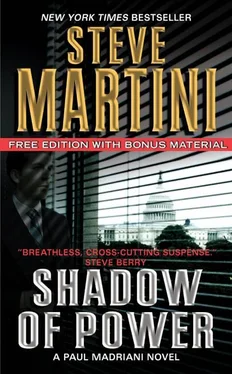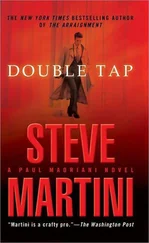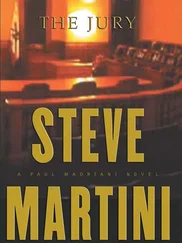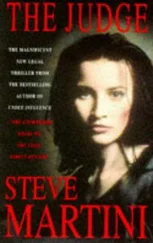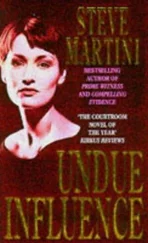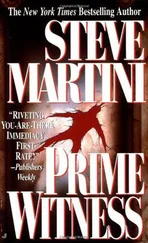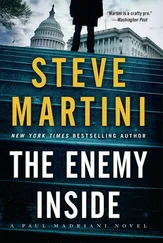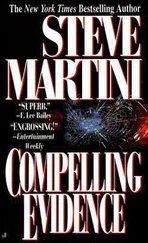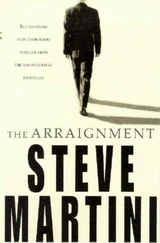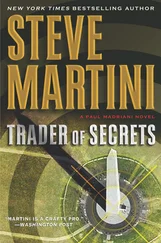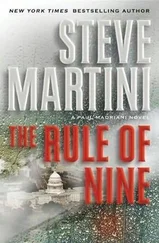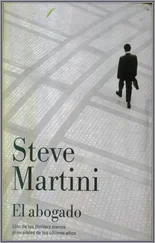According to one Court observer, “Decisions involving important social, legal, and political issues now teeter on the edge of a knife; judicial edicts that can dictate the rules of society for a hundred years increasingly are being decided by a single swing vote on the Court.”
Members of Congress realize that the current political equilibrium between the Court’s liberal and conservative members cannot last. According to one source, there are at least three members of the Court who would like to retire but who feel they cannot until there is a changing of the guard at the White House.
The piece goes on to discuss some of the senior members of the Court, three of them in their seventies and one who is eighty-seven. Two of them have had recent illnesses. Should any of them retire or die, it would be considered a coup by the current White House, since the power to name their replacement would significantly alter the balance on the Court.
“One of these justices, Arthur Ginnis”-my eyes perk up as they run over the type with his name-“who is 67 and underwent hip surgery last winter, has been on and off of medical leave from the Court for several months due to complications. Ginnis was expected to return to the Court full-time in the fall, but that didn’t happen. According to reports, he is making progress but still recovering at an undisclosed location outside Washington. Political pressure is building for Ginnis to either return to the Court or retire. There is no law that requires him to do so, and there is some historic precedent based on other long-term absences for illness.
For the moment the high court is hobbled, unable to take up a number of controversial cases in its current term. This is because, according to Court watchers, it is Ginnis who is seen as the pivotal swing vote in many of these cases. According to these observers, decisions as to whether to take up these cases will simply have to wait for his return.
I have a letter out to Ginnis’s chambers at the Supreme Court and have left a telephone message. I’ve asked him to contact me and introduced myself as defense counsel in the Scarborough murder case. I have not mentioned the Jefferson Letter or asked any specific questions, only made a request that we speak. So far I have received no reply. I turn back to the article.
Politicians on both sides of the aisle seem to comprehend the significance of the moment, that a change of epic proportions in the ideological makeup of the high court may be just over the horizon, a change that could dictate social and legal policy in the country for much of this century.
As for the question of who will control the Court, leaders in both political parties see the current skirmish over nominations to the D.C. circuit court as the opening salvo in a looming war.
To quote one lawyer who has argued cases before the Supreme Court, “Given the number of imponderables, the fact that it is impossible to anticipate what momentous issues will be presented to the Court in the future, stocking the Supreme Court with your believers is now the biggest political endgame in America.”
I close up the paper and put it to the side. There is no rocket science in this. The federal courts are untouchable. The framers of the Constitution made them that way. Where else could a beverage company take your house for a new bottling plant and have the elevated minds of the high court define this as a public purpose under the eminent-domain powers of the Constitution?
One federal appellate circuit occasionally goes off on a wobble so erratic and out of conformity, not only with precedent but with strictures of ordinary reason, that at times it has been referred to quietly by some who practice before it as the “Ninth Circus.”
Monday morning, and Quinn’s courtroom is like a pool filled with gasoline. Now that there is no longer any doubt that the state’s case will be racially charged, we’re all swimming in it, and the air is electric.
First up into the witness box are two patrol officers, the first to arrive on the scene immediately after the crime was called in. They each testify that they took one look and concluded that the victim was dead. They did a quick search of the entire suite to determine there was no one else inside and then sealed the area, making sure that no one else entered. One of them took a statement from the hotel maid who’d opened the door and found the body slumped on the floor in front of a chair in the living room.
This is all preliminary and sets the stage for Brant Detrick, the lead homicide detective. If you’re looking to settle a jury down and get them into the rhythm of your case, Detrick is a good opening witness.
According to his testimony and based on notes he made at the time, Detrick was on the scene within forty minutes of the initial call to 911.
The D.A. then takes a few minutes to qualify the witness not only as an experienced homicide detective but as an expert in crime-scene reconstruction, for which Detrick has taken courses both locally and with the FBI.
Tuchio then has him lead us on a verbal and visual tour of what the cops found at the scene. He has Detrick stand in front of an easel with a mockup of the floor plan of Scarborough’s hotel room. This shows furniture drawn to scale and situated where it was on that day.
In the process, the detective offers testimony, a partial re-creation of the events at the scene and how according to the police they unfolded. He identifies the chair, the one the cops believe Scarborough was seated in when he was murdered.
“There was a considerable amount of blood on the headrest at the upper back of this chair, leading us to conclude that the victim was seated in this chair when he was struck from behind,” says Detrick.
He moves on to the area where the body came to rest, on the floor, in front of the chair, and off to the right as you look into the room.
“We believe that the victim either toppled or slid from the chair, as a result of one or more of the impacts from the murder weapon as it struck him or because lividity caused the body to slide out of the chair and onto the floor at some point after he died.”
Tuchio and the witness get into a discussion explaining to the jury the hydraulics of lividity, the movement of blood in the body after death by the force of gravity, and that this can sometimes move a body, especially if it’s propped in a chair or leaning toward the edge of a bed.
“When you arrived that morning, what else did you see?” asks Tuchio.
“There was a lot of blood and spatter evidence,” says Detrick. “The floor around the chair in the living room near where the body was found was pretty much covered in blood, as was the tile floor in the entry.”
“What do you mean by ‘spatter evidence’?” asks Tuchio.
“I’m talking about droplets and spray that are usually flung out in an arc of some kind when a weapon, a blunt instrument, or a knife has become covered with blood and is repeatedly swung. This tends to throw out a spray of blood, sometimes tissue, that ends up on other surfaces-a wall or the ceiling, for example.”
“And you saw evidence of such blood spatter in this case in the victim’s hotel room?”
“I did.”
“Where?”
“There were patterns on the ceiling, directly above and to the front, and behind the chair near where the body was found.”
Tuchio has him draw a dotted line on the room diagram in the direction and location where the spatter evidence was found. “There was also some evidence of spatter on the television screen, here.” He marks the location of the television directly in front and several feet away from the chair. “And on a small table, here, and a light briefcase, a leather portfolio that was on that table. And farther off to the right, we found some traces on the surface of a small table, underneath a tablecloth and tray with food on it.”
Читать дальше
